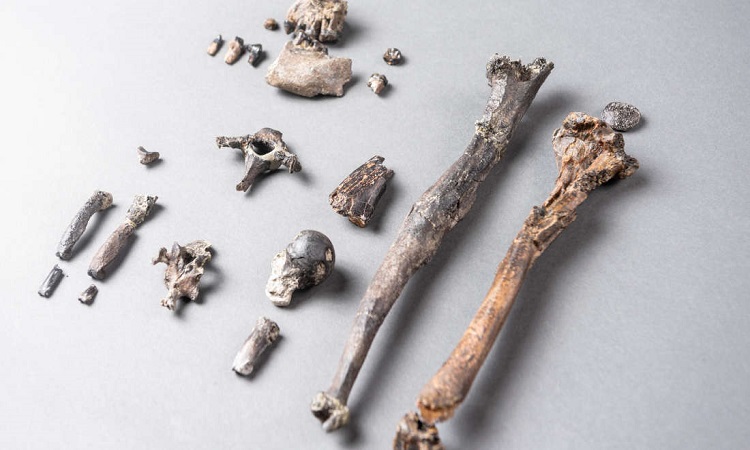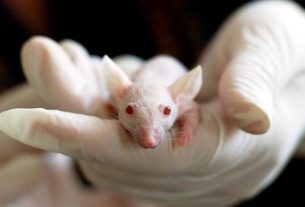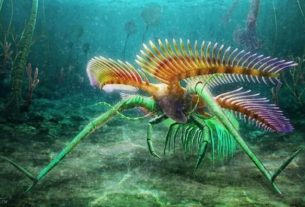The discovery of fossils of a hitherto unknown species of monkey gives us clues as to how our ancestors began to evolve.
There is still debate about when and how our ancestors started to walk upright. Was this essential characteristic conveyed to us by a monkey similar to the orangutan, who lived in the trees? Or by an ancestor who spent most of the time on the ground, like a gorilla?
Until now, we were pretty sure of two things. That the first experience of bipedalism had occurred about six million years ago. And that it had occurred in Africa. But the discovery of several fossils in Germany comes to shake up our history.
A new ancestor
In the journal Nature, a team of researchers details their fossil analyzes of an unknown species discovered in Bavaria between 2015 and 2018. These remains belong to four individuals. A male, whose skeleton resembles that of modern bonobos, which measured one meter tall and weighed about 31 kg. Two females, who weighed about 18 kg. And a juvenile specimen weighing less than 10 kilos.
Thanks to the preservation of the bones of the limbs, a vertebra, as well as a few fingers and toes, the researchers were able to reconstruct the movements of these ancient monkeys.
Standing 11.5 million years ago
According to the first elements, this new species of monkey, called Danuvius guggenmosi, evolved around 11.5 million years ago. We know that she has been able to hang from tree branches with her arms, but also, surprisingly, to evolve on her two hind legs.
“With a broad thorax, a long lumbar spine, hips and extended knees, as in bipeds, and elongated limbs extended and extended, as in all monkeys, Danuvius combines the adaptations of bipeds with those of monkeys suspended from branches “, confirms Madelaine Boehme from the University of Tübingen and lead author of the study.
In other words, Danuvius guggenmosi was visibly able to walk on its hind legs in the trees before reaching the ground, and not after. And this faculty would have developed at least 11.5 million years ago, not in Africa, but in Europe.
Still doubts
Note that not everyone is convinced by this study. Some researchers argue that the lower part of the vertebral column analyzed here is not sufficiently well preserved to understand if the lower back was really long and flexible. In other words, if it allowed bipedalism.
The debate is not definitively closed. We will have to search again and again. Determining how our ancestors stood for the first time is indeed essential, as this ability has shaped the destiny of our lineage.
Thanks to bipedalism, our ancestors have indeed been able to move faster while saving a maximum of energy. They also looked larger, and therefore more imposing compared to predators. Not to mention the search for food, facilitated by the release of the two previous members.




